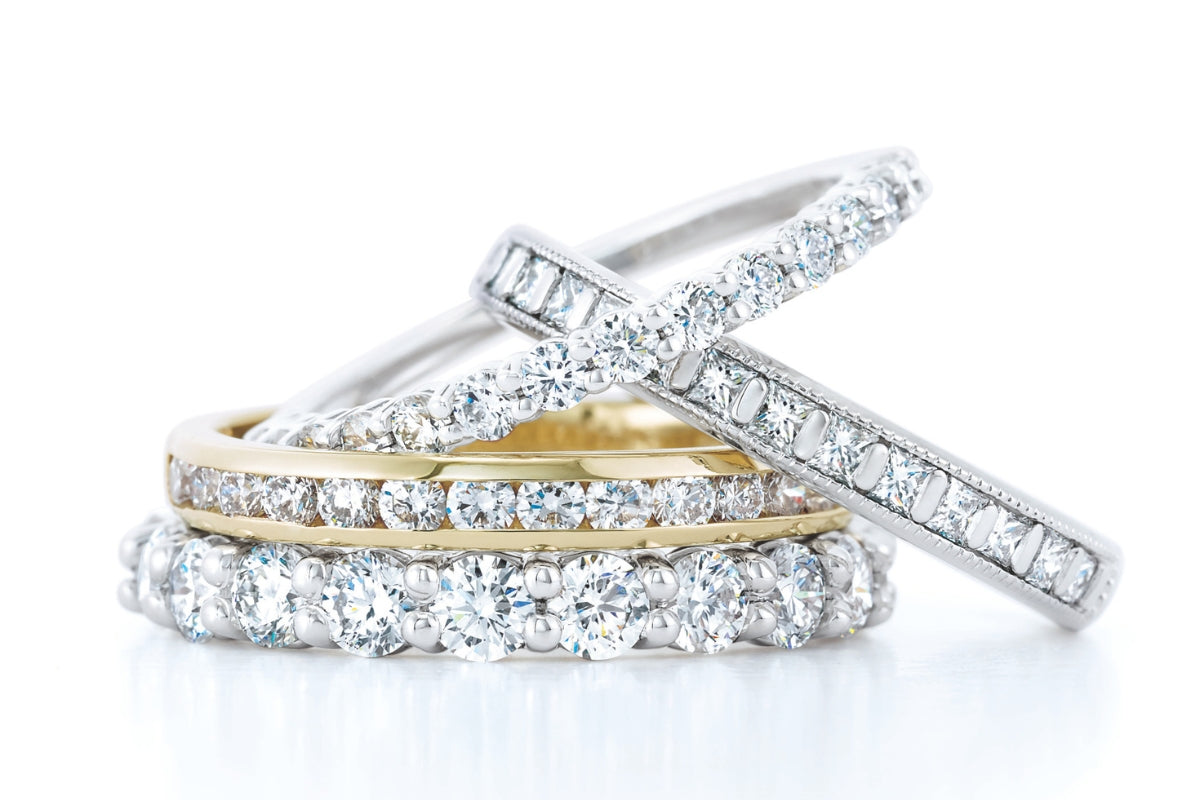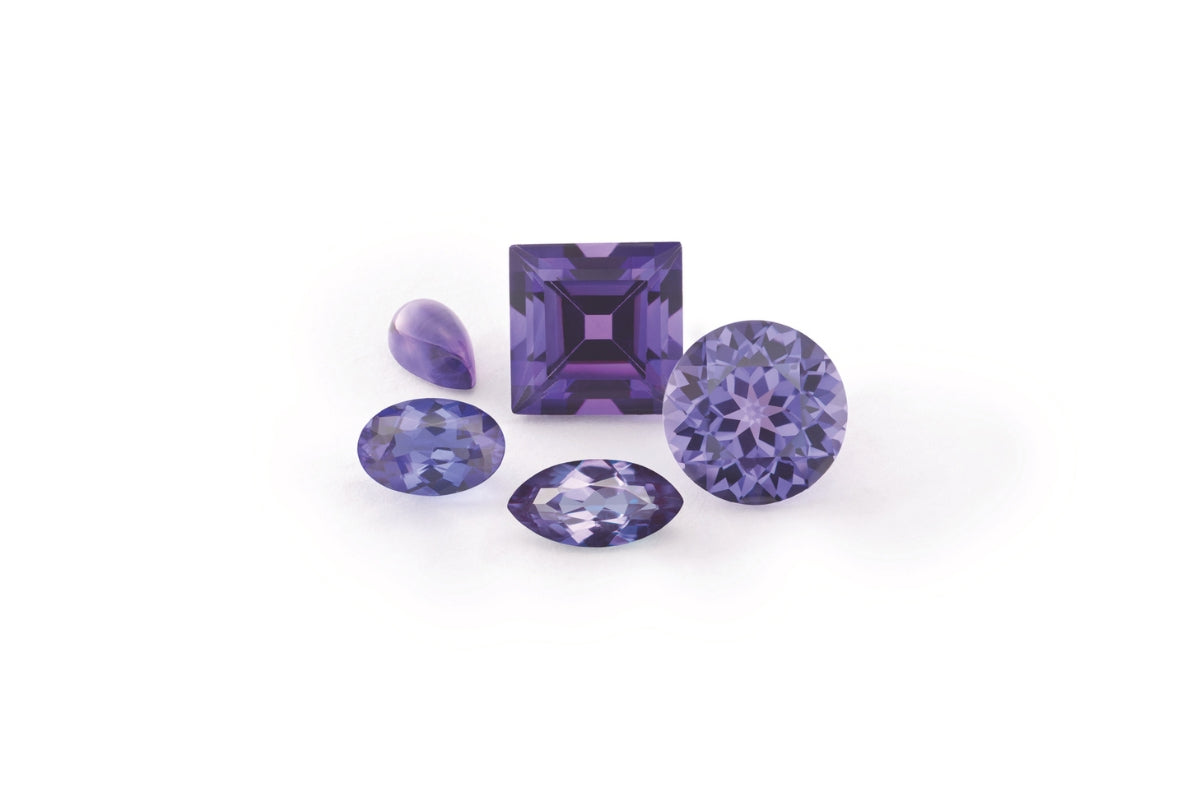You may be wondering if it’s possible to determine the geographic origin of a diamond.
Doing so would be a great way of shedding light on approximately when, where, who, and in what way the diamond was extracted. Does it come from a war-torn country? Was there conflict or blood associated with it? Was it smuggled? Were human rights or labor practices exploited?
For these questionable and in fact proven atrocities throughout history, including the 1 million children currently mining for diamonds and gemstones, it’s the responsibility of our entire industry to make things right.
Diamonds change hands dozens of times from mine to market. Each step of its journey is profited from or added value to, from the initial mining company to various sorting facilities, cutters, gemological laboratories, wholesalers, and finally retailers. There are many routes a diamond takes in its life before it’s placed inside fine jewelry.
Little by little, the further downstream a diamond travels in its production process, it becomes more obscure. This is due to the process of cutting, which quite literally cuts and polishes a diamonds rough crystal (think of its skin), further removing any indication of its geographic origins. There’s no data to even link rough or polished diamonds from any specific source based on characteristics.
In fact, when it’s all said and done, a diamond that’s set in a piece of jewelry cannot be simply looked at or even guessed where it came from, let alone if it’s mined or laboratory grown.
On an individual basis, diamonds are as unique as your fingerprint. Each has its own combination of unique characteristics, above and beyond the commonly recognized 4 C’s. I’m referring to its internal and external characteristics, which include inclusions, trace elements, and even blemishes.
Unfortunately, none of the above can tell us where a specific diamond came from. With state-of-the-art gemological laboratories using advanced identification techniques, there is still no diagnostic way to determine a diamond’s geographic origin. Including, even its continent, region, or country-specific origin. This is why there is no official country of origin report available.
Furthermore, there’s no way to know when it was even mined!
For this reason, consumers like yourself, who care to research and look past what youthought diamonds were, will appreciate laboratory grown diamonds, because they further separate themselves as viable, transparent, and eco-conscious options for a “different way to diamond.”




